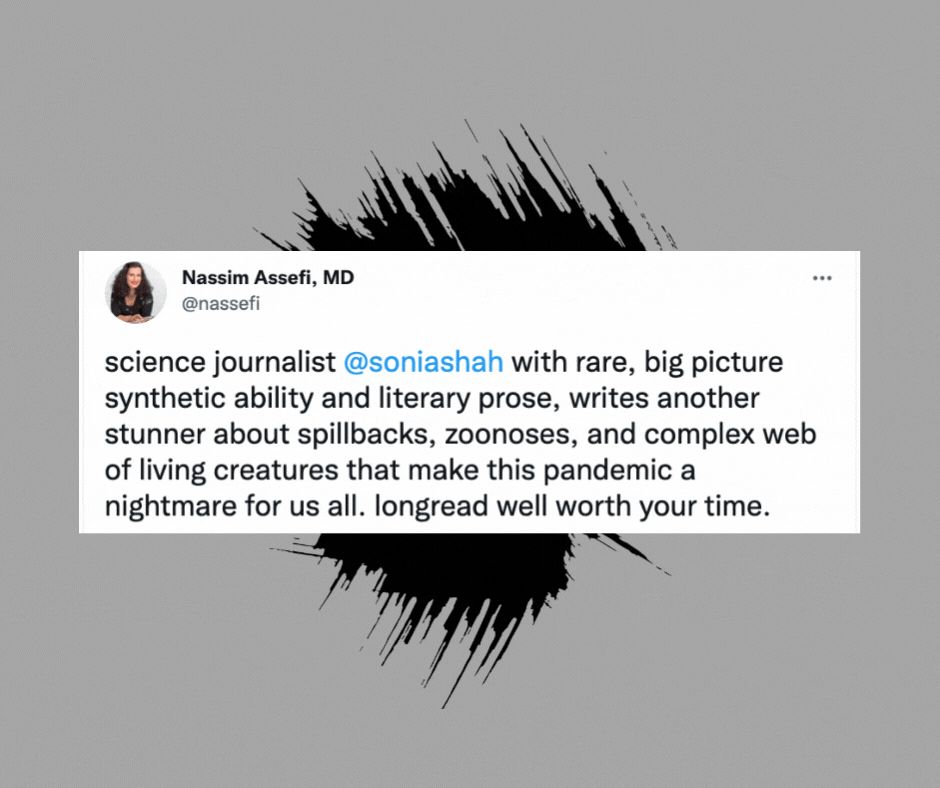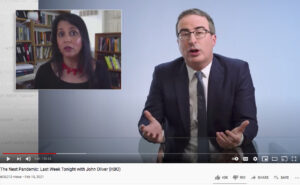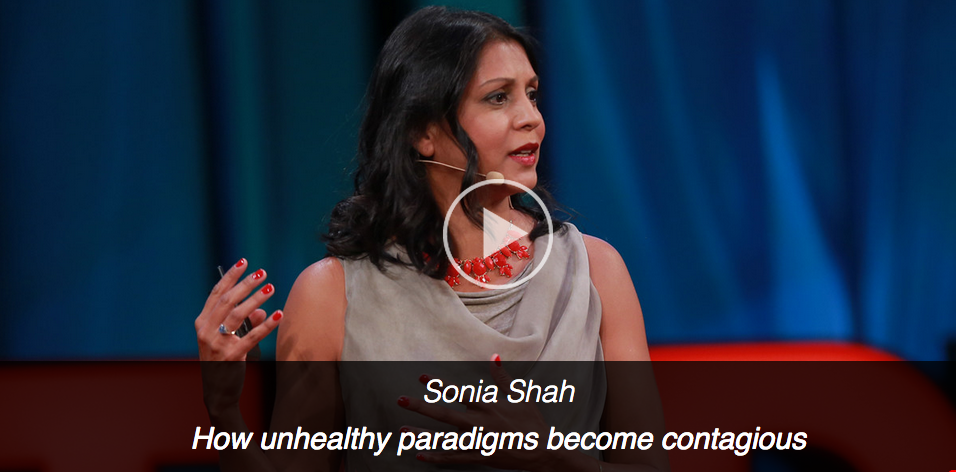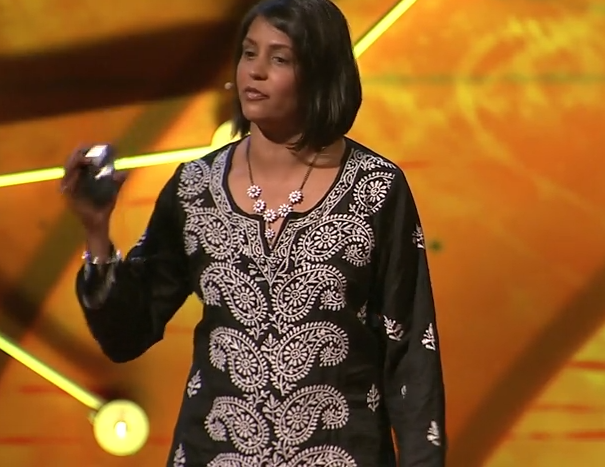From the Wall Street Journal, July 10, 2010
Humans have underestimated the disease for millennia; new research, and new worries
The Romans called malaria the “rage of the Dog Star,” since its fever and chills so often arrived during the caniculares dies, the dog days of summer, when Sirius disappeared in the glow of the sun. To avoid it, ancient Romans built their grand villas high in the hills, fled the mosquito-ridden wetlands that encircled Rome, and prayed for relief at temples dedicated to the fever goddess, Febris.
It was the emperor Caracalla’s physician, Serenus Sammonicus, who in the second century came up with Rome’s first antimalaria quick-fix, one that later became literally synonymous with magical solutions everywhere. An amulet should be worn, Sammonicus advised, inscribed with a powerful incantation: “Abracadabra.”
Part of malaria’s wicked genius is that since ancient times, it has fooled us into thinking it is a trivial problem, easily solved. Diseases such as yellow fever, or plague, or polio, have always filled us with dread. But not malaria. Almost all of our attempts to squelch it, from thousands of years ago to today, have treated the disease as a weak foe, allowing malaria to flourish, nearly unchecked, to this day.
Ronald Ross, the British Army surgeon who in 1897 helped discover that malaria was transmitted by mosquitoes, came up with his Abracadabra cure in the early 1900s. Spend a few weeks skimming mosquito-infested puddles with a thin layer of oil, to smother the larvae as they come up to breathe, and malaria would be destroyed in a matter of months, he said. Malaria is a “very easily preventable disease,” he opined. “In two years,” Dr. Ross proclaimed, “we shall stamp malaria out of every city and large town in the tropics.”
Dr. Ross called his quick-fix “mosquitoism.” He hired a band of workers and tried it out in Freetown, Sierra Leone. Another enthusiast, Dr. Malcolm Watson, attempted mosquitoism on the rubber plantations of Malaysia. In 1915, Dr. Watson wrote that he’d soon “be able to abolish malaria with great ease, perhaps at hardly any expense.” The malarial death toll barely budged.
In the 1950s, the Abracadabra cure that dazzled scientists and politicians was DDT, a “nearly perfect insecticide,” as the Rockefeller Foundation malariologist Fred Soper put it. DDT made it “economically feasible for nations, however underdeveloped and whatever the climate, to banish malaria completely from their borders,” said Dr. Soper’s colleague Paul Russell. Simply spray a thin coating of DDT on the interior walls of domiciles, where mosquitoes rest, and malaria would be kaput within a handful of years. Then-senators John F. Kennedy and Hubert Humphrey introduced legislation to allocate funds for a five-year, world-wide malaria eradication program using DDT in 1958, in the same act that extended the Marshall Plan. Ninety-two other nations devoted themselves to the malaria eradication cause, too, dispatching armies of sprayers across the globe, DDT canisters tied to their backs.
The U.S.’s funding commitment for the DDT campaign ran out in 1963, just as another Abracadabra cure emerged from the head of Brazil’s malaria service. This one entailed medicating the masses by spiking cooking salt with antimalarial drugs, so that millions would dose themselves against malaria with their daily bread. National malaria programs in southeast Asia and the tropical Americas flocked to the idea. British Guyana banned the sale of salt that didn’t have any antimalarial drug in it. “At the end of eight weeks, there was simply no malaria” in Guyana, boasted U.S. government malariologist G. Robert Coatney in 1966. “It’s a fantastic story. It works. No mosquito eradication, no nothing. Just the stuff in the salt.”
Together, DDT and antimalarial drugs sent the global malaria toll plummeting from 350 million a year to 100 million.
It didn’t last. By the late 1960s, the malaria toll had surged back to over 300 million, only now many malarial mosquitoes were resistant to DDT and malaria parasites inured to the drug chloroquine. The World Health Organization’s Tibor Lepes called the eradication attempt “one of the greatest mistakes ever made in public health.” In 1969, after 10 years and $1.4 billion (or $9 billion in 2009 dollars), the World Health Assembly called for its dissolution.
Part of the trouble has to do with biology. The malarial mosquito and the malaria parasite within it are nothing if not innovative. Smother a few million larvae in one village, and a few scores of mosquitoes hatched from the next village may well sail over. Douse millions of houses with DDT, and mosquitoes will learn to extract their blood in the evenings instead, before people go indoors. Bombard billions of malaria parasites with drugs and the creatures will evolve progeny that can withstand them.
A bigger part of it has to do with psychology. Malaria’s most loyal allies, as always, have been the humans who host the parasite. British colonial officials laughed at Dr. Ross’s ideas. “Better to leave it alone,” the celebrated German bacteriologist Robert Koch said of malaria-mosquito-hunting, “so long as there remains anything else to be done in this world.” During the early 1900s, when the Italian government doled out free anti-malarial quinine to the masses, malarious Italian peasants, suspecting a diabolical plot, fed the drugs to their pigs. In India during the eradication campaign, WHO and USAID investigators found, people saw the DDT sprayers coming and locked their doors—and sprayers sold the excess DDT on the black market.
Malaria parasites have rapidly evolved resistance to every drug we’ve thrown at the disease, including, over the past few years, those based on artemisinin, the first-line drug currently recommended by the WHO. But the truth is that less than a quarter of people with malaria visit health centers for treatment anyway, studies show. In a study conducted in Burkina Faso, German epidemiologists found that 20% of malaria patients are prescribed the wrong drugs at the wrong doses, 10% don’t bother buying the drugs they’re prescribed and more than 30% don’t take the drugs as prescribed.
Perhaps there’s something about a disease that worms its way so deeply into daily life, with such a wide range of diffuse symptoms, that somehow disarms us, cloaking its fearsome toll and staggering dynamism like a sheepskin on a wolf. People in malarious countries should fear malaria the way they fear HIV and cancer, but according to medical anthropologists, they don’t. They think of it more like the cold. And we’ve named it accordingly. We don’t call malaria anything like the “Black Death,” despite it having caused more mayhem and for longer than the plague, but rather have named it after “bad air,” the mal aria.
Add to that the cruel fact that malaria doesn’t repel attacks against it immediately. There’s always a period of decline, sometimes precipitous, entrancing the hopeful again and again. Battling malaria is like sitting on a spring. It goes down, but then as soon as you get up, it bounces back up again.
The latest attack on malaria began in 1998, when the WHO launched its Roll Back Malaria campaign. Between then and now, the annual kitty to fight malaria has zoomed from $100 million to $2 billion, with funds pouring in not only from donor countries, but the Global Fund to Fight AIDS, Tuberculosis and Malaria, the World Bank, the Gates Foundation and a raft of oil, mining, and other companies active in West Africa and other malarious regions. The Gates Foundation, which as a top financier of global health research and the third biggest contributor to the WHO, now sets the global health agenda, announced its intention to wipe malaria off the face of the earth during a private meeting in 2007.
Since then, over 200 million bed nets, doused with pyrethroid insecticides, have been distributed across Africa, and many more are on the way. Research to find new cures for malaria is booming. Drug giants such as GlaxoSmithKline have opened their massive drug libraries to public health researchers, who this May announced they’d screened two million compounds for antimalarial activity and had found over 13,000 potential new drug candidates. Dozens of malaria vaccines percolate in labs across the globe, and this spring, researchers began lining up 16,000 infants and children in seven African countries for a clinical trial of a malaria vaccine that could reduce malaria infection by 65%, if early results hold.
Malaria has started to decline in a handful of African countries, which is no small feat. But at the same time, malaria continues to stalk even the most well equipped among us, including two South Koreans involved in the World Cup festivities who died of malaria infections they contracted in South Africa, and the British singer and TV celebrity Cheryl Cole, hospitalized with drug-resistant malaria last weekend after a trip to Tanzania. The very idea of eradicating the disease has come into question, with the finding this winter that the most virulent human malaria parasite, Plasmodium falciparum, presumed since the 1930s to be an exclusively human pathogen, also finds succor inside the bodies of gorillas.
Noting the alarming spread of artemisinin-resistant malaria parasites and pyrethroid-resistant mosquitoes, USAID malariologist Michael Macdonald announced, at a Johns Hopkins University gathering this June, that “we are on thin ice.”
As malarious countries prosper and develop, the day will surely come when those still vulnerable to the bites of malarial mosquitoes will live in screened domiciles, more than a stone’s throw away from stagnant, mosquito-infested waters—or will suffer the brief sting of a highly effective malaria vaccine—and malaria will be no more. Until then, let the Abracadabra cures continue.
—Sonia Shah is the author of “The Fever: How Malaria Has Ruled Humankind for 500,000 Years,” to be published on July 13.
Courtesy of the Wall Street Journal














Leave a Reply